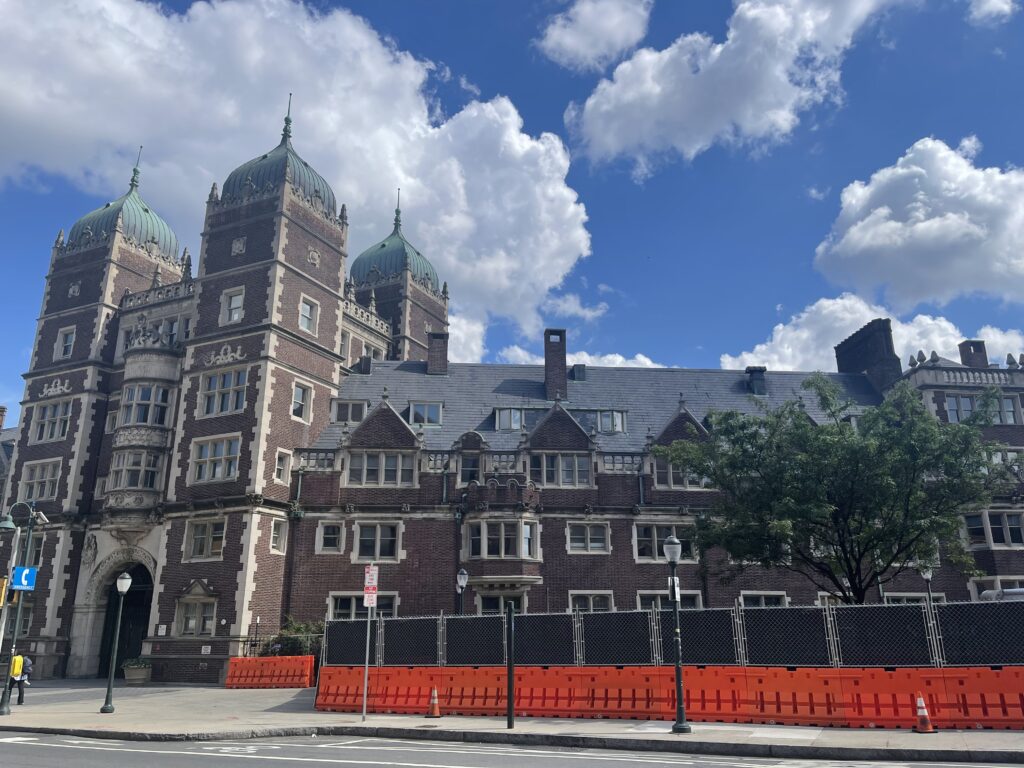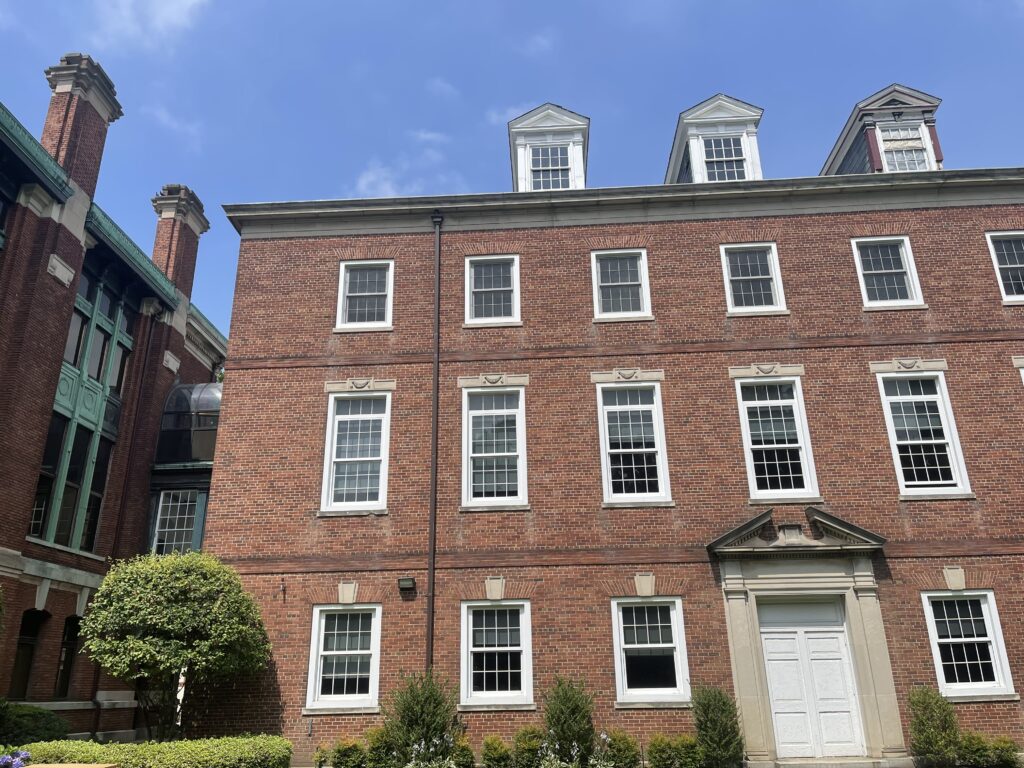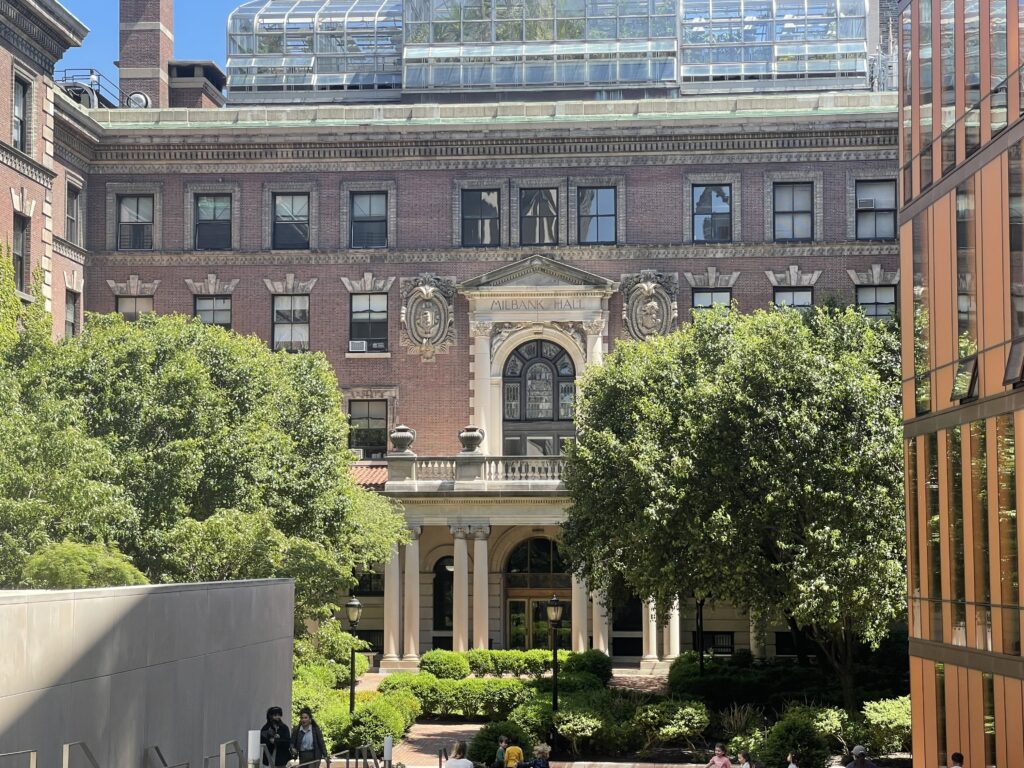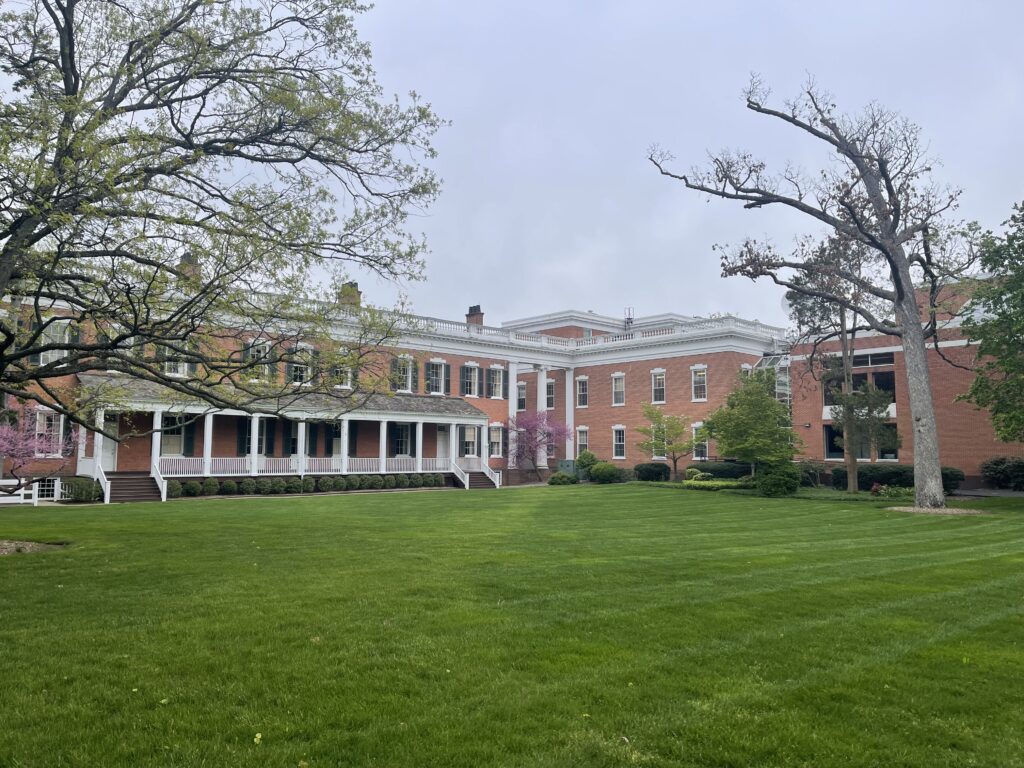I recently visited The University of Pennsylvania in Philadelphia, where I toured the campus and spoke with the admissions office about the latest trends in admissions. Here are some takeaways from my visit:
· The University of Pennsylvania is an urban, mid-sized Ivy League research university that combines rigorous academics, preprofessional education and robust school spirit. Around 10,000 undergraduates attend one of four divisions: the College of Arts and Sciences, Engineering, Nursing or Wharton (business).
· A trademark feature of Penn is its interdisciplinary emphasis: all undergraduates must take some classes in Arts & Sciences and students are encouraged to sample classes (as well as minors) from divisions outside their own. Five highly selective Coordinated Dual Degree programs allow a handful of students to combine degrees from two separate divisions.
· Penn’s campus is located in West Philadelphia, not far from Center City. The campus is largely self-contained and can be traversed in around 10-15 minutes.
· Greek life is popular at Penn, with around 30% of students officially participating and Greek houses dotting the university’s central Locust Walk pathway. In addition to the more traditional fraternities and sororities, there are also some co-ed preprofessional Greek organizations.
· Despite Penn’s size, 81% of its classes have fewer than 33 students. Undergraduate research is supported through the CURF Center for Undergraduate Research and Fellowships, with some students participating in research as early as freshman year.
· At Wharton, incoming students are placed in cohorts of 20-30 students and will remain in their cohort throughout all four years. Historically known for its strengths in finance, Wharton emphasizes leadership and collaboration, and students complete an introductory course–Wharton 101–that provides an overview of different business fields available to students. All Wharton students graduate with a BA. in economics, but they select up to two business concentrations and have the ability to add a minor from another division.
· Clinical opportunities abound for premed, nursing and other allied health students, with Penn’s medical school and teaching hospitals located on-site.
· Engineers can explore various engineering specialties through Engineering 101, a semester-long course in which they rotate through each speciality within 1-2 weeks. All engineers will complete a senior engineering project.
· Penn emphasizes community service, both in the admissions office and on campus.




